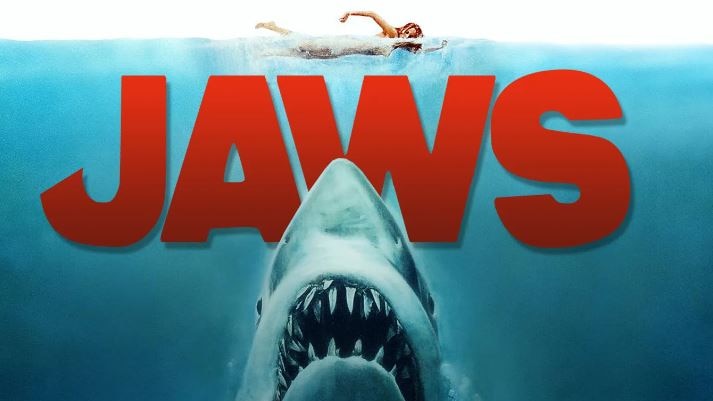Hal Swerissen
It’s the fourth of July and ‘Jaws’ is turning 50. Every time I hear John Williams’ theme it reminds me of sinister intent and foreboding and I’m still wary about going to the beach. Jaws is after all the story of a monster shark munching its way through the tourists swimming on the beaches of an idyllic island (before it becomes a heroic, boys own chase-the-shark thriller in the second half).
But there is a broader theme about the challenges facing tourist towns too. In the film, the iconic, mythical Amity, with its pristine beaches and cape cod housing is about to have its fourth of July weekend; the high spot of its northern hemisphere summer season, when the shark makes its appearance and chomps through its first victim, a young woman on a night-time skinny dip.
In the film, Mayor Vaughn (Murray Hamilton), portrayed as a huckster real estate agent, is contrasted against the more ethical, if plodding and conflicted Police Chief Brody (Roy Schieder). The Mayor immediately understands that shark attacks are not good for business. The Chief is more concerned about the health and welfare of the beach goers. And so the moral dilemma of money versus people is in play.
At first money wins. Despite the concerns of the Police Chief, the Mayor orchestrates a series of manoeuvres to recast the first shark attack as a boating accident in order to keep the beaches open and the tourists coming. But Bruce, the shark (nicknamed by the film crew), fails to get with the program and strikes again, this time in full view of a horrified, crowded beach of people on a sunny day. (Apologies for spoilers.)
Not surprisingly, the people are scared and outraged and now they matter more than the money. The solution is to hunt down Bruce. The rest is filmic history. As an aside, I think the most powerful bit of the whole film is in when Quint (Robert Shaw), the grizzled captain of the Orca, who has been given the job of tracking down Bruce, delivers a late night, eerie monologue about the shark attacks on the survivors of the Indianapolis ship wreck during world war II, to the increasingly apprehensive Chief and the smart arse young oceanographer (Richard Dreyfus) on the journey with him.
For tourist towns like Amity (and Daylesford) inevitably there is conflict between economic and social and objectives. Apart from occasional concerns about crocodiles in Lake Daylesford, the challenges are bit different from Amity’s, but real nevertheless, including the potential for over development; the flood of weekend visitors; traffic congestion; the commercialisation of the historical, picturesque Daylesford experience; the impact on affordable housing. On the other hand, the visitors bring the money for businesses, employment and development to make Daylesford’s prosperity possible.
Jaws does a good job of contrasting a particular social and economic conflict for Amity, less so the devastating environmental impact of vilifying sharks as monsters. Today we would add the environmental impact of tourism to the social and economic equation.
Sadly, the solution to the moral dilemmas of tourism is not as simple as closing down the beaches and hunting down the shark. But 50 years on, Jaws remains an entertaining allegory.
Hal Swerissen is the President of Daylesford District Community News Association, publisher of The Wombat Post.





